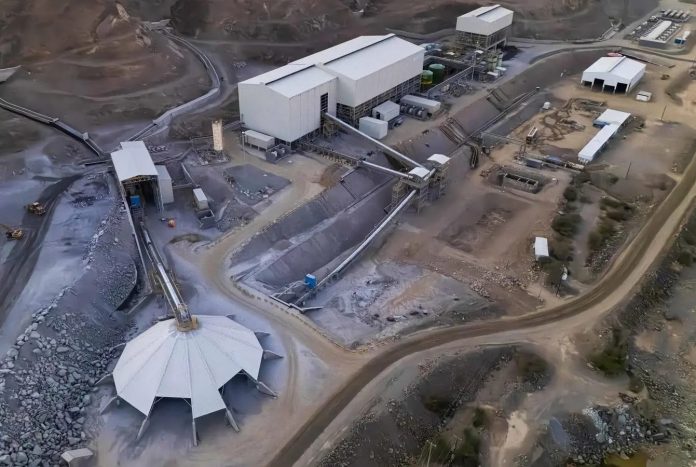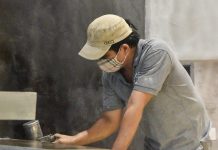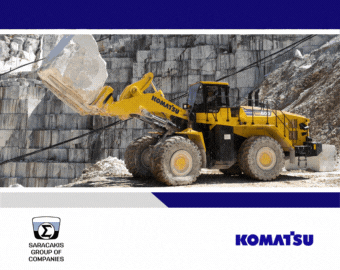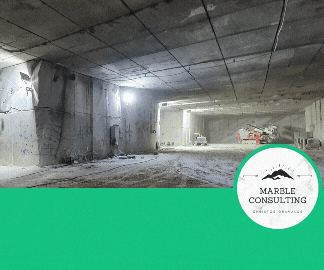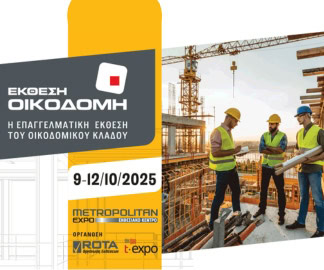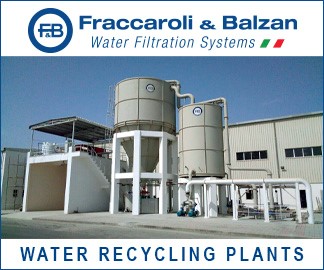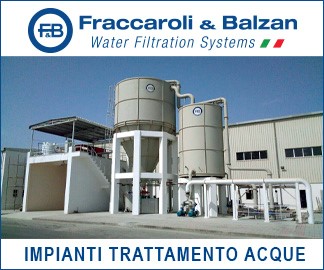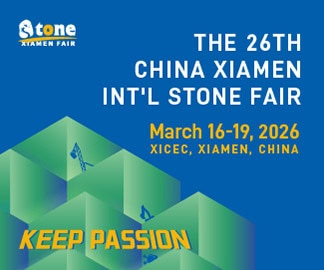Najran Industrial City is rapidly emerging as one of Saudi Arabia’s most promising industrial and investment destinations. Backed by strategic planning and strong infrastructure developed by the Saudi Authority for Industrial Cities and Technology Zones (MODON), the city is becoming a magnet for both local and international investors. Its key advantages lie in its prime location, extensive natural resources, and expanding industrial base — particularly in non-metallic minerals like marble and granite.
Located approximately 45 kilometers northeast of Najran City, the industrial zone spans 6.5 million square meters, with more than 3.6 million square meters already fully developed. This substantial development underscores the Kingdom’s commitment to diversifying its economy and creating sustainable industrial zones that support both domestic growth and export-driven strategies.
Najran Region currently hosts 90 factories, including 29 situated within the industrial city itself. These facilities operate across various sectors — from food processing and chemical manufacturing to plastics, paper, and a growing focus on non-metallic minerals. Among these, marble and granite industries are becoming particularly significant. Leveraging the region’s rich geological resources, these sectors have seen increased demand due to their use in high-value construction, interior design, and architectural applications, both locally and internationally.
A standout feature of Najran Industrial City is its proximity to vast mineral wealth. The region is home to 27 mining complexes covering more than 5,400 square kilometers, abundant in gold, copper, iron, and — notably — ornamental stones such as marble and granite. Additional reserve zones for copper and zinc span another 70 square kilometers, providing further opportunities for material-intensive industries.
Marble and granite, in particular, hold a strategic role in Najran’s industrial vision. With access to high-quality raw stone, factories in the area are well-positioned to supply not only the domestic market but also to meet international standards. These materials are already part of the robust export portfolio reaching over 25 countries, including major markets like the United States, Germany, France, South Korea, and several neighboring Gulf nations.
Prominent companies such as Bin Harkil Group and Polystar have been instrumental in putting Najran’s industrial output — including stone products — on the global map. Their efforts have amplified the reputation of Saudi-made goods and highlighted the value-added potential of transforming local raw materials into competitive, export-ready products.
Najran Industrial City also plays a crucial role in job creation. The factories operating in the region employ more than 1,200 workers, including around 400 Saudi nationals. This reflects the Kingdom’s ongoing efforts to enhance Saudization, offering employment opportunities while building local expertise in key industrial sectors.
Infrastructural upgrades and development projects have further boosted the city’s investment readiness. With well-planned logistics, utilities, and industrial support services, Najran Industrial City is primed for future growth. Its strategic location near mineral-rich areas gives industries — especially those reliant on marble and granite — a competitive edge in sourcing, processing, and distributing their products.
As Saudi Arabia continues to push forward with its Vision 2030 goals, Najran Industrial City stands out as a model of regional industrial development. With its focus on sustainable resource utilization, growing industrial diversity, and increasing export capabilities — particularly in the marble and granite sectors — Najran is not just an industrial zone but a cornerstone of the Kingdom’s broader economic transformation.



